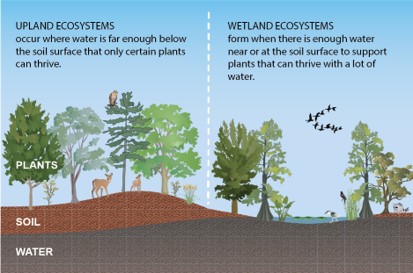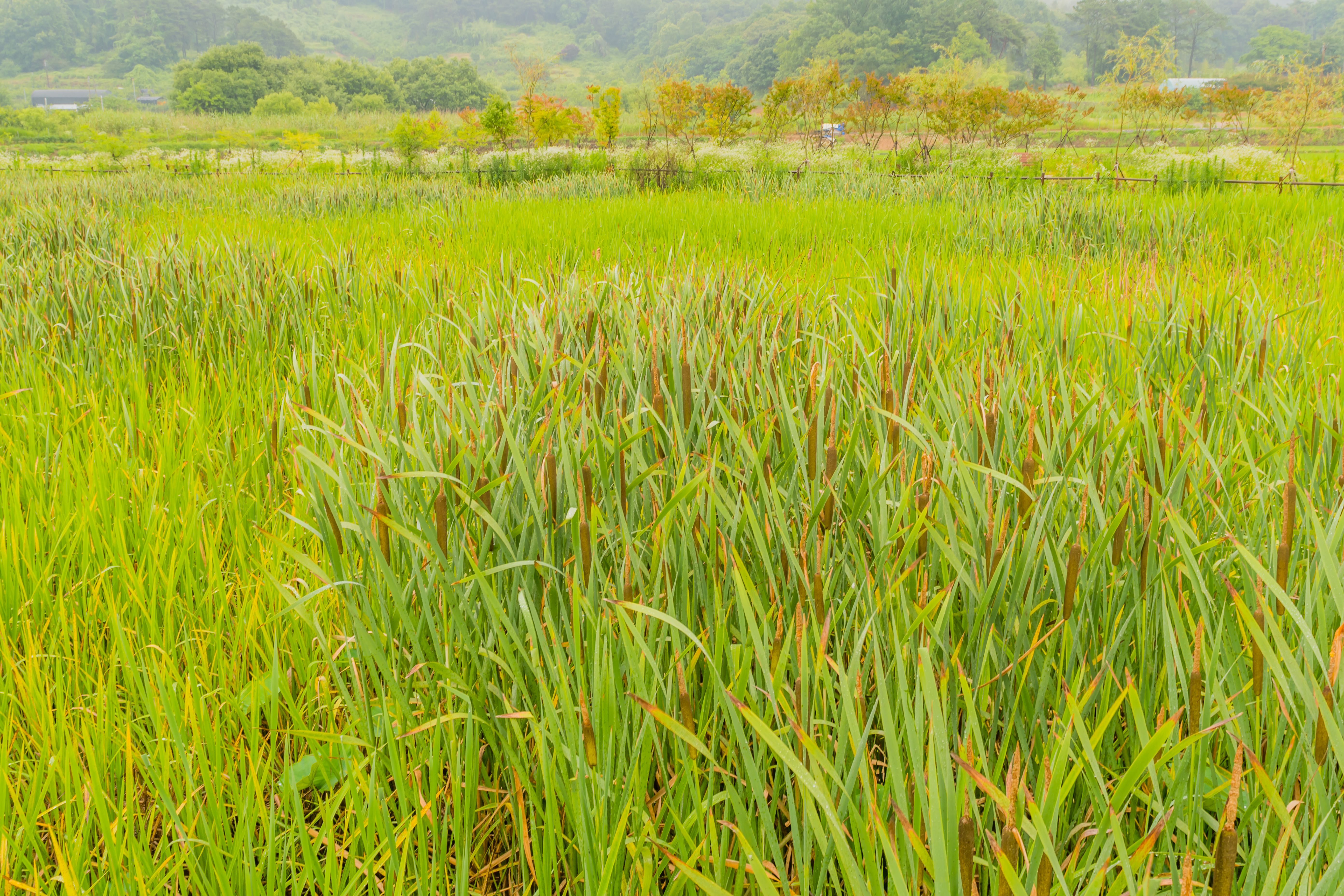Are you planning to purchase a piece of real estate for development? Federal and state governments have a complex system of environmental regulations governing that piece of property.
An environmental professional can determine if your property contains waters of the United States (WOTUS), wetlands, and/or streams during a site reconnaissance and potential subsequent delineations of those resources, if necessary.
What exactly is a wetland
According to the U.S. Army Corps of Engineers and the U.S. Environmental Protection Agency, a wetland is defined as any area that is inundated or saturated by surface or ground water that supports animal and wetland vegetation (hydrophytes). Specifically, a wetland will have at least one or more of the following attributes: pertinent hydrology in which the substrate is saturated or covered by shallow water at some time during the growing season each year, hydric soils are present, and the area must predominantly support hydrophytes at least periodically. Wetlands provide buffers to protect homes and roadways from flood damage and help to preserve water quality.
Wetland hydrology refers to the presence of surface water or waterlogged soils for a significant period of time, in order to influence the types of plants, animals, soils and microbiomes that exist in the area. Hydrologic indicators, such as soil saturation, periodic flooding, waterlogged soil, etc., are used by environmental professionals to determine if wetland hydrology is present.
Hydric soils are identified in the field by digging a hole around 1.5 feet deep and examining the soil for evidence of long-term saturation. When soil has been saturated for long periods of time, the soil becomes oxygen depleted, leading to chemical changes observed in the substrate by specific colors, odors and textures.
A predominance of hydrophytes is determined by identifying the most abundant plant species observed using the appropriate regional version of the National List of Plant Species that Occur in Wetlands. Trees with shallow root systems, swollen trunks and roots growing from the plant or trunk above the soil surface are also indicative of wetland vegetation.
 NC Division of Water Resources. 2018. North Carolina Wetlands Information. http://www.ncwetlands.org. Published by the North Carolina Division of Water Resources, Water Sciences Section.
NC Division of Water Resources. 2018. North Carolina Wetlands Information. http://www.ncwetlands.org. Published by the North Carolina Division of Water Resources, Water Sciences Section.
Why does this matter to me?
If an area on your property appears to stay relatively wet throughout the year, it is important to consult an environmental professional in order to avoid potential fines and/or delays related to impacts to wetlands and/or protected aquatic resources as a result of your proposed project. If a wetland is identified on your property, an environmental professional can provide guidance or assistance in planning, mitigating and permitting or other pathways to complete your project in a timely manner while remaining compliant with applicable local, state, and federal regulations.
For more information and access to the resources listed above check out:
https://www.nan.usace.army.mil/Missions/Regulatory/Wetlands-Identification/
http://wetland-plants.usace.army.mil/nwpl_static/v33/home/home.html




